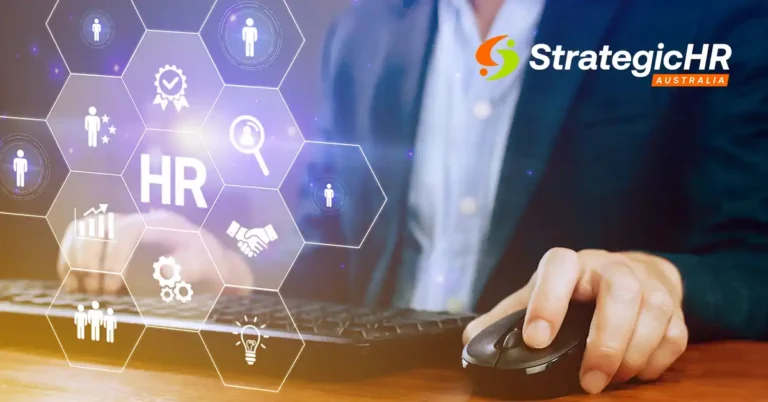Workplace stress isn’t random
Stress in the workplace follows predictable patterns that repeat each year. Recent research by SuperFriend, based on insights from more than 13,000 Australian workers, shows clear trends in when and why stress peaks.
These patterns often coincide with busy operational periods — like mid-year financial reporting and the end of the calendar year — when workloads rise and capacity drops. Understanding these cycles allows leaders to take proactive steps that protect wellbeing before burnout sets in.
Managing workplace stress is more than a wellbeing issue — under WHS laws, it’s also a compliance responsibility. Recognising the patterns helps leaders create healthier, safer, and more productive workplaces all year round.
Key Findings: The Yearly Stress Cycle
-
Burnout and psychological distress rise steadily throughout the year – Employees experience increasing fatigue and reduced engagement, with mental health strain accumulating month by month.
-
Retention challenges peak at year-end – Employee satisfaction and commitment typically improve mid-year but drop significantly in December, highlighting the importance of sustained engagement efforts.
New Psychosocial Hazards in the Workplace
-
Fatigue – 33% of workers aged 25 to 44 report feeling mentally exhausted “often” or “always.”
-
Job insecurity – 1 in 5 workers feel their job is unstable, especially those in casual, freelance, gig, or fixed-term contract roles.
-
Intrusive surveillance – 1 in 10 transport, postal, and warehousing workers report being subjected to intrusive surveillance in the past 12 months.
New Code of Practice: A Step Towards Safer Workplaces
-
Developing safe working procedures to prevent workplace harassment.
-
Understanding employers’ positive duty under the Sex Discrimination Act to eliminate unlawful discrimination.
-
Managing psychosocial risks as part of broader WHS compliance measures.
How Businesses Can Take Action
Rather than waiting for stress to become a crisis, business owners and managers should proactively address these issues through year-round, industry-specific strategies. Here’s how:
Audit your workplace: Identify patterns of stress and assess psychosocial risks regularly.
Clarify responsibilities: Ensure policies and communication reduce confusion and uncertainty.
Equip managers: Provide training to recognise and respond to signs of burnout early.
Promote balance: Encourage flexibility, recovery time, and psychological safety.
For more on designing work that supports wellbeing and performance, read our article — Protecting Wellbeing through Smarter Work Design: Guidance for Leaders.
How Strategic HR Can Help
Proactive leadership can make the difference between a workforce that’s overwhelmed and one that’s resilient. By identifying stress trends, addressing psychosocial hazards, and building strong wellbeing frameworks, businesses can protect their people and strengthen long-term performance.
Protect your people. Strengthen your business.
At Strategic HR Australia, we help organisations assess psychosocial risks, develop tailored wellbeing strategies, and ensure compliance with the latest WHS Code of Practice.
If you haven’t reviewed your workplace stress management strategies recently, now is the time.
Talk to us today about building a safer, more sustainable workplace for your team.







